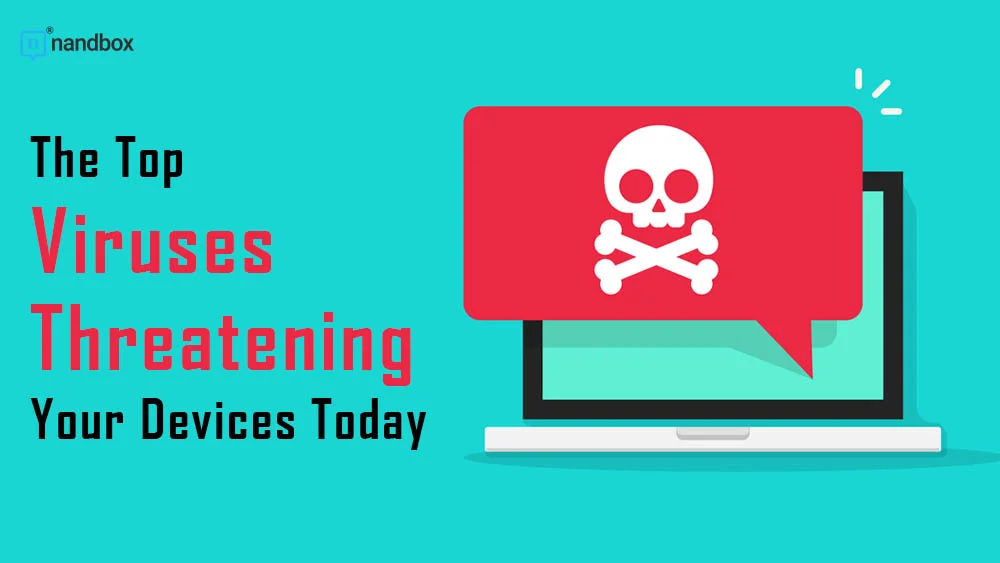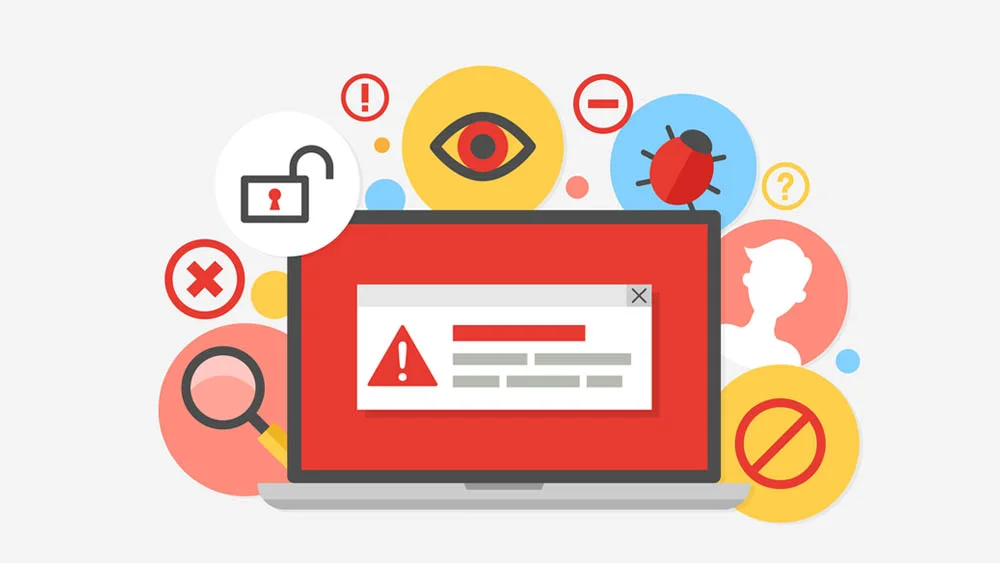The Top Computer Viruses Threatening Your Devices Today
Technology has interconnected the modern world in many ways. We use smartphones and computers for daily activities, communicate over social media, and use software to drive many personal and corporate actions. Unfortunately, these technology-facilitated changes in how the world works come with their risks. One such risk is the increasing danger of malicious software or viruses. These viruses attempt to penetrate devices, networks, software, and hardware to help malicious entities cause damage and disrupt processes. This article highlights the top computer viruses that threaten devices and how users can prevent them.
Identifying the Threats
You might have heard the terms malware and viruses and assumed they are malicious software that strives to shut down systems.
However, not all of them work that way. Some are less aggressive in their activity. Here are the different forms malicious software and top computer viruses that may take place and what they hope to achieve:
- File Infector Viruses. These are the types of viruses present in attachments and executable files. The virus activates, infects the device upon executing the file, and spreads to other files.
- Boot Sector Viruses. Boot sector viruses target the storage of a device. Once in the storage, they load onto the memory of the device after the system boots up, granting them access to the operating system.
- Polymorphic Viruses. Such viruses can change their appearance when they infect a new device, making signature-based detection of antiviruses might prove inadequate.
- Multipartite Viruses. A multipartite virus combines the abilities of file infector and boot sector viruses. As such, it infects via executable files and targets the device’s storage, thus making it more resilient.
-
Resident Viruses
Resident viruses operate in the background at the memory level of the device. However, they differ from boot sector viruses in that they only infect files as they are executed or accessed by a user.
- Ransomware. As the name implies, ransomware is a form of malicious software that invades a system or network to hold user data hostage. Once in the device or network, it locks or encrypts the data within, allowing cybercriminals to demand payment from owners to unlock or decrypt it.
- Spyware. Spyware is a virus that gathers information from your device without noticeably disrupting any process. Such viruses facilitate cyber crimes like financial fraud and identity theft.
- Adware. Adware has a reputation for less maliciousness than other forms of viruses. They operate by bombarding a user’s device with unwanted ads.
- Worms. Worms are not like viruses. They are malicious entities that do not require a host program or file to propagate. Instead, they replicate themselves, send themselves via attachments and messages between devices, and exploit vulnerabilities in network protocols to infect new devices.
How to Protect Devices from Viruses
The first step to protecting devices from viruses is acquiring the proper knowledge about identifying and propagating viruses. In addition to the above types of viruses, web users should know how to avoid them. For example, basic knowledge of web development can help users in the following ways:
- Identification of phishing websites through inconsistencies in design, website structures, URLs, and forms.
- Verification of website security by inspecting SSL/TLS certificates to confirm encryption.
- Avoidance of cross-site scripting by recognizing malicious code.
You can go a step further and learn web development to its full potential. While it makes you more resilient toward cyber threats, it creates an excellent career opportunity.
In addition to the following, though, web users should prioritize using specific security tools. Some of these tools are:
- Ad blockers. An ad blocker prevents the loading and display of ads when you load a webpage. Consequently, they improve loading speeds and browser performance while reducing the likelihood of mistakenly executing malware by clicking on intrusive ads.
-
Virtual Private Networks (VPNs).
VPNs will encrypt internet traffic and facilitate data encapsulation between a user’s device and the destination server. As such, they enable the creation of a private, secure network when using public WiFis and unsecured connections.
- Antiviruses. An antivirus will identify viruses and other malware before penetrating your device or network. They also help to detect and eliminate existing malicious files from the device. Typically, the best antiviruses are available for Chromebooks, Macbooks, and more.
- Firewalls. A firewall is a tool that acts as a barrier between the device or network and the internet. It monitors and filters incoming and outgoing traffic according to preset security rules.
- Password managers. You need strong and complex passwords to secure your accounts truly. Password managers allow users to store and seamlessly fill such complex passwords when needed quickly.
Emerging Virus Threats, Top Computer Viruses, and How to Guard Against Them
The most important emerging threats to device security are the potential exploitation of the Internet of Things (IoT) concept and the proliferation of fileless malware. However, even the simplest of practices can help to keep these threats at bay. Some practical tips to implement are:
- Regularly updating software, operating systems, and applications
- Exercising a healthy dose of skepticism while browsing
- Always use strong and unique passwords
- Scheduling regular backups
- Always secure network and connections before browsing or sharing data
Conclusion
It takes a combination of good cyber hygiene and excellent security tools to protect devices in the modern world adequately. In other words, implement the right practices, embrace the right tools, and learn basic technical knowledge. If you do all three, as provided in this article, you are relatively more secure than most people.






